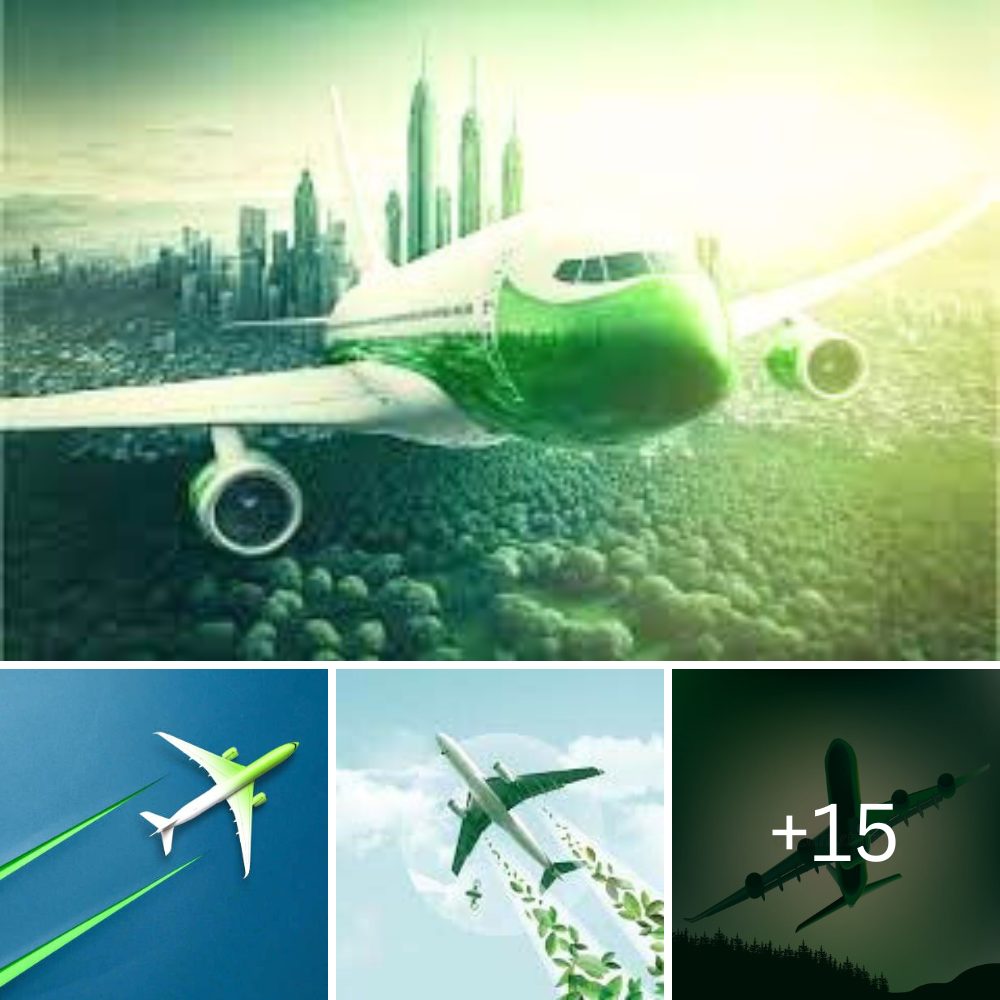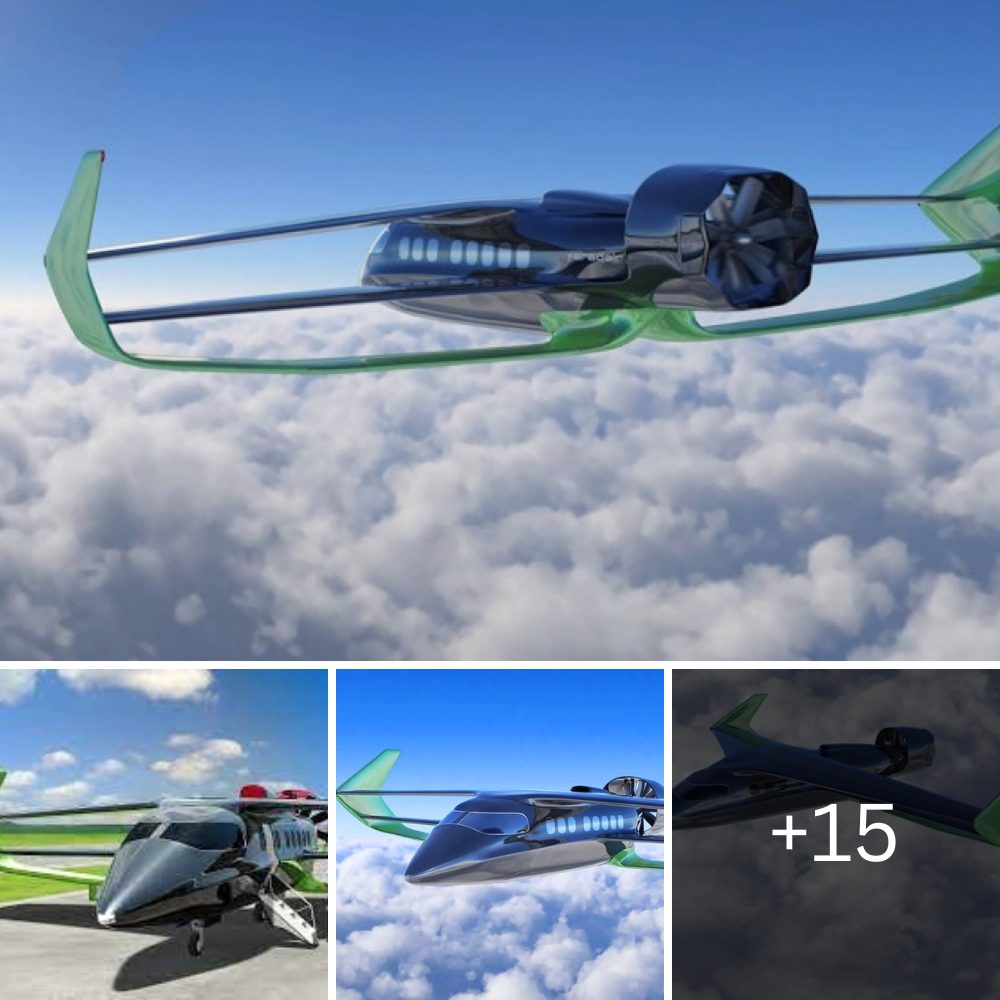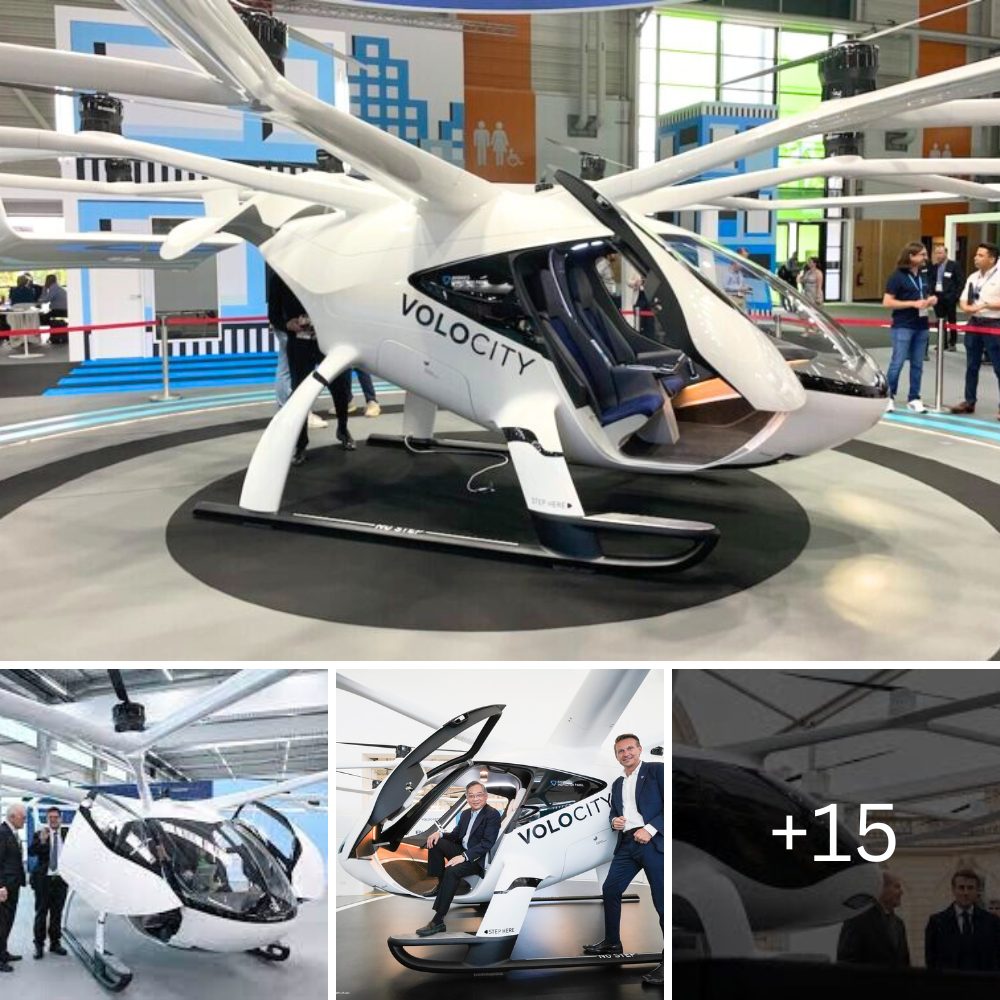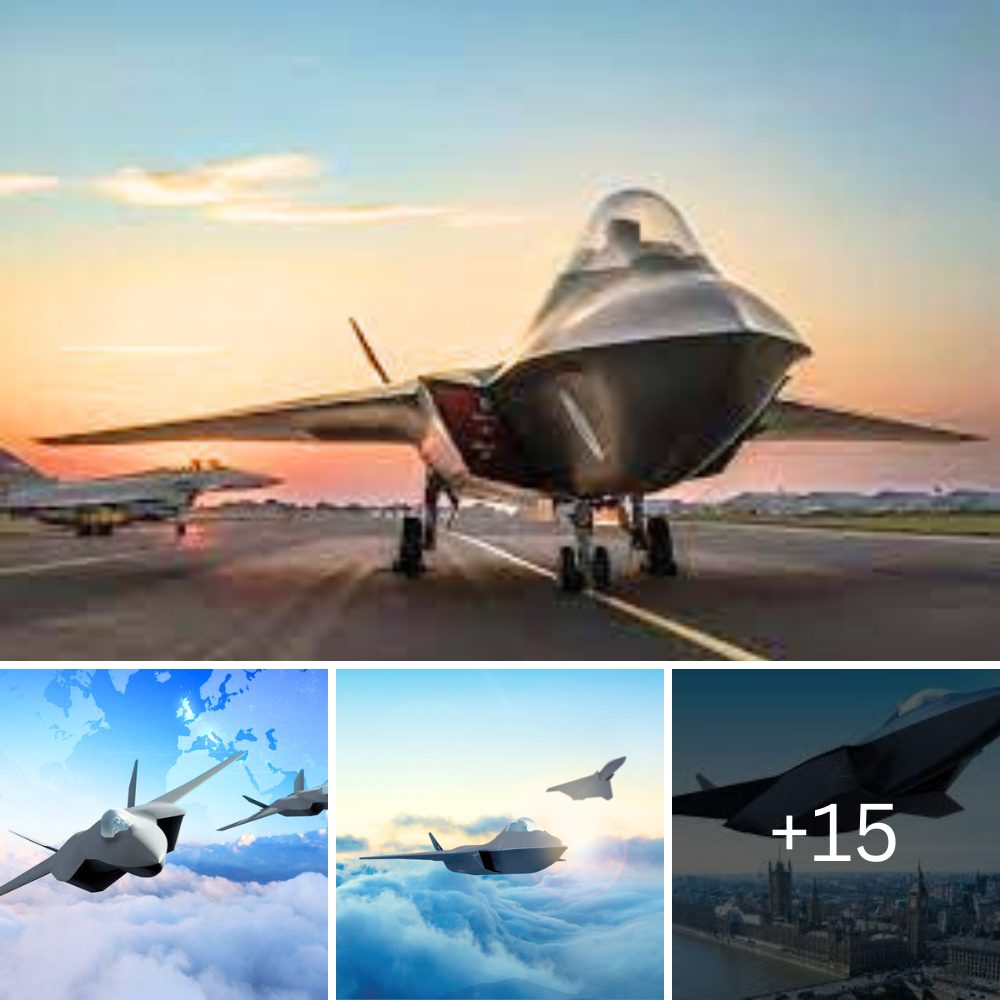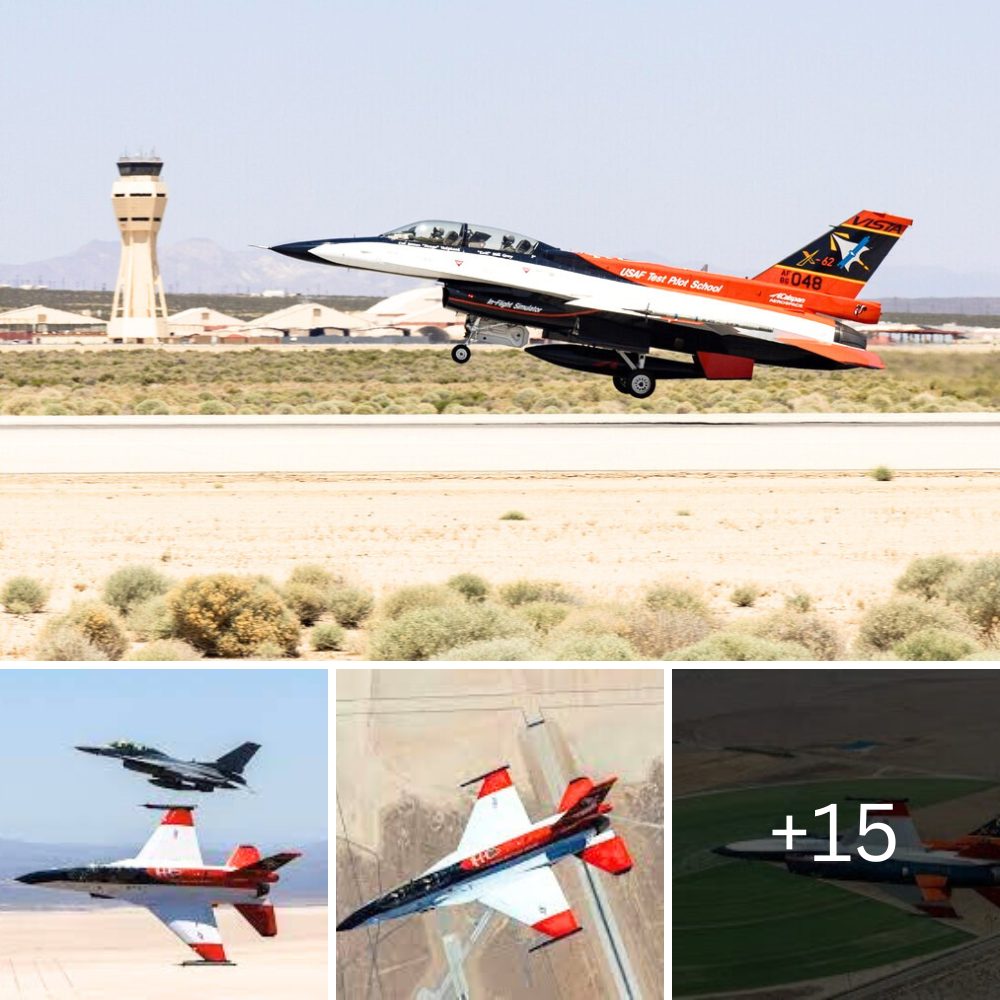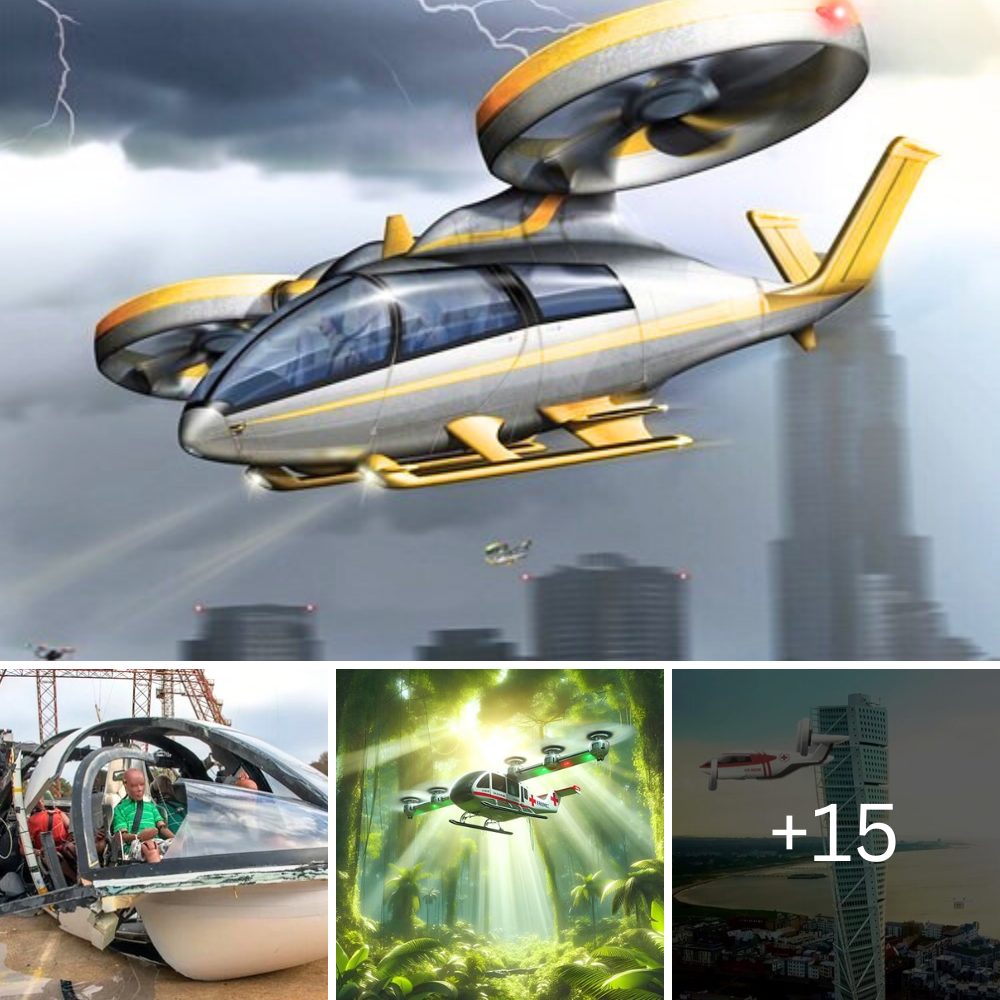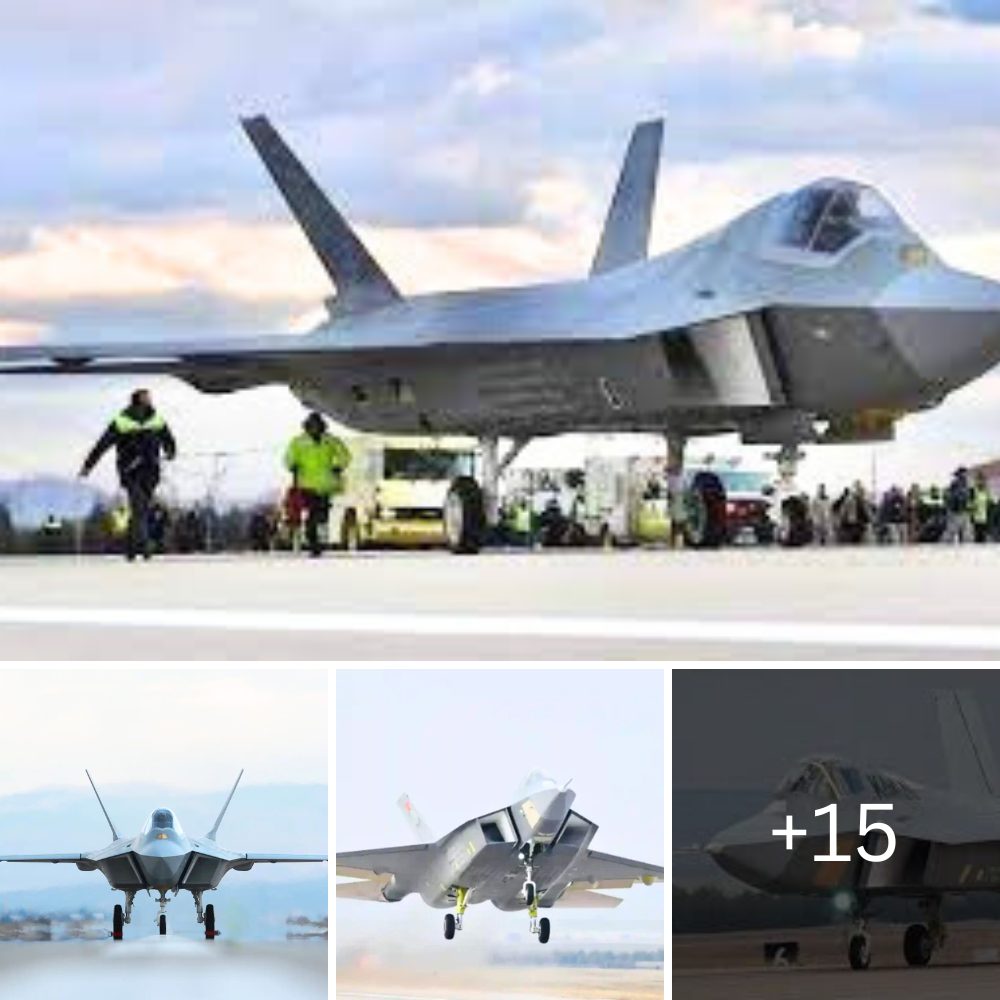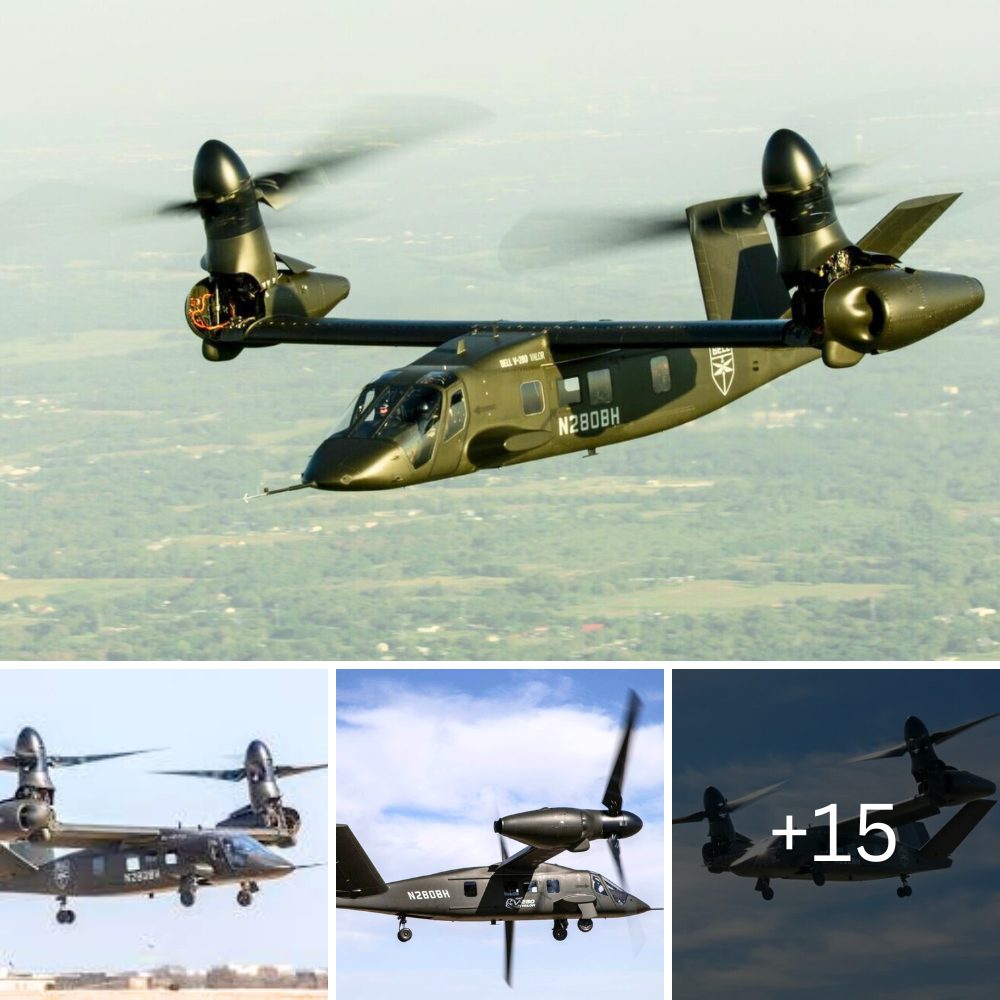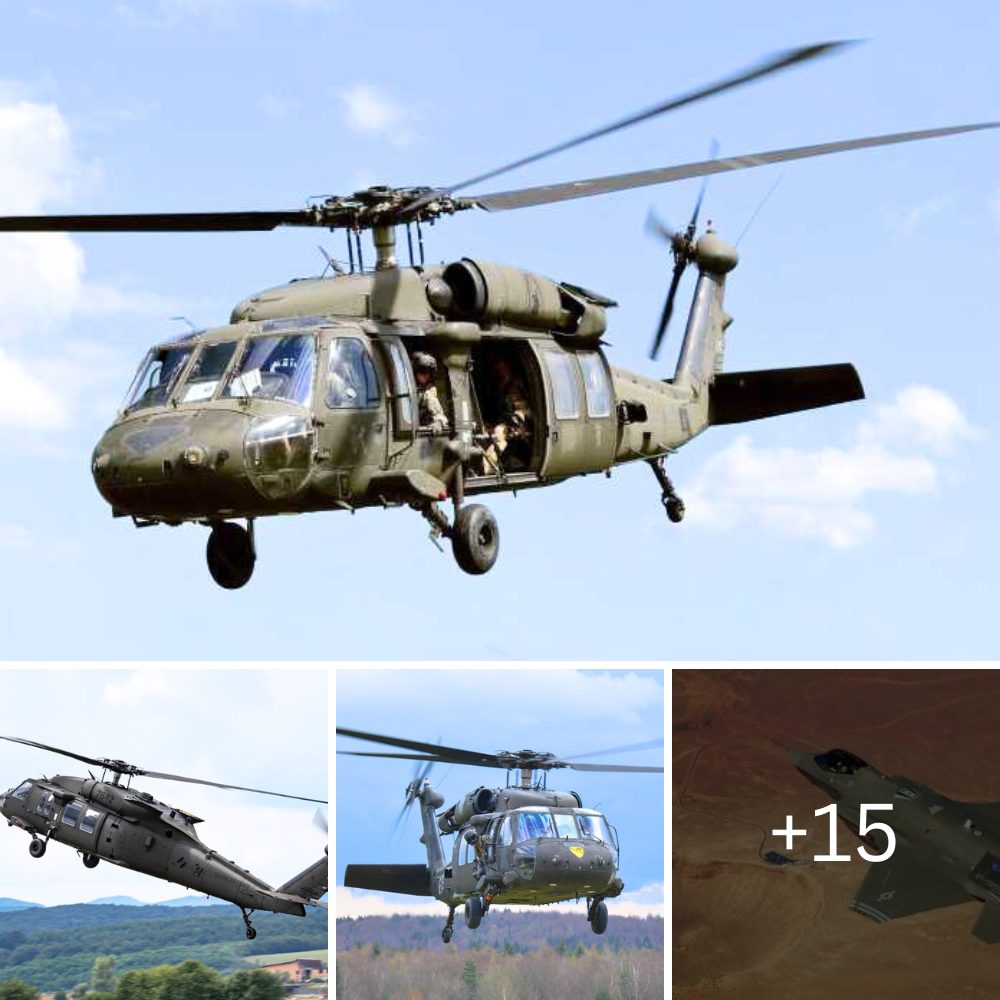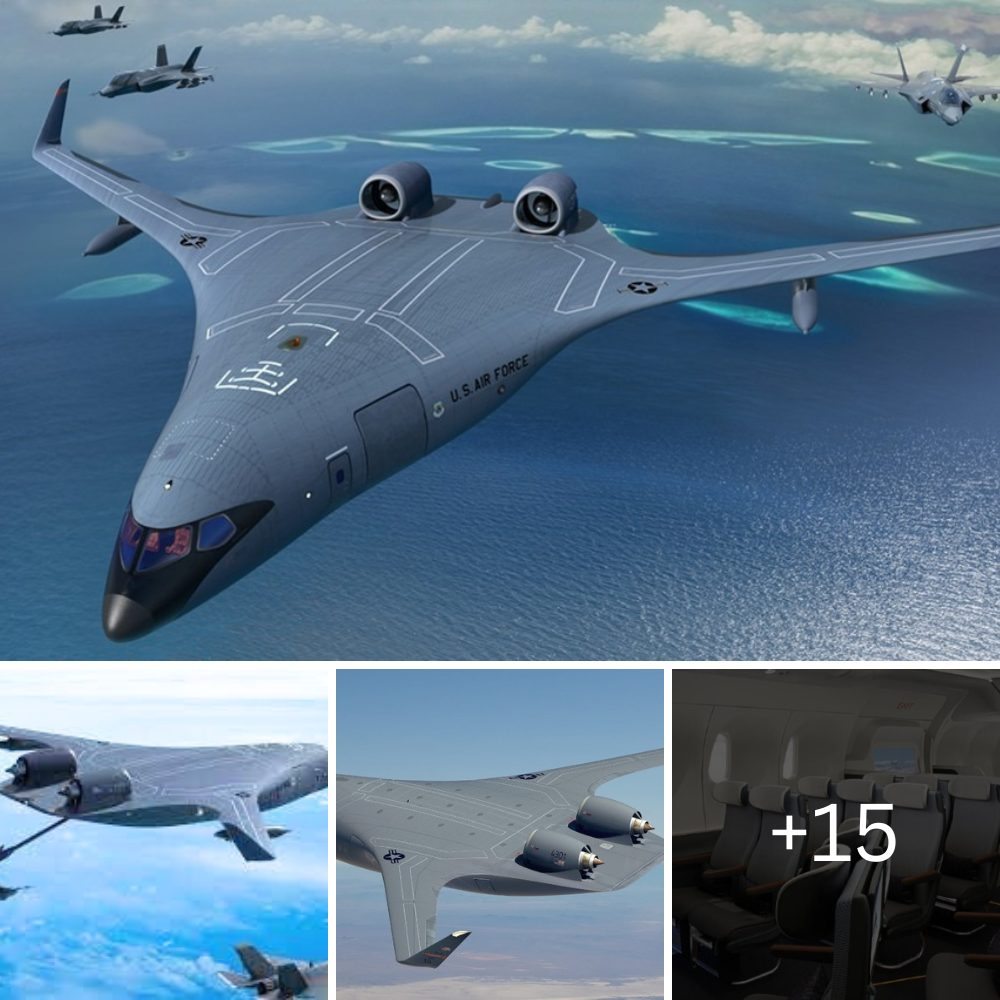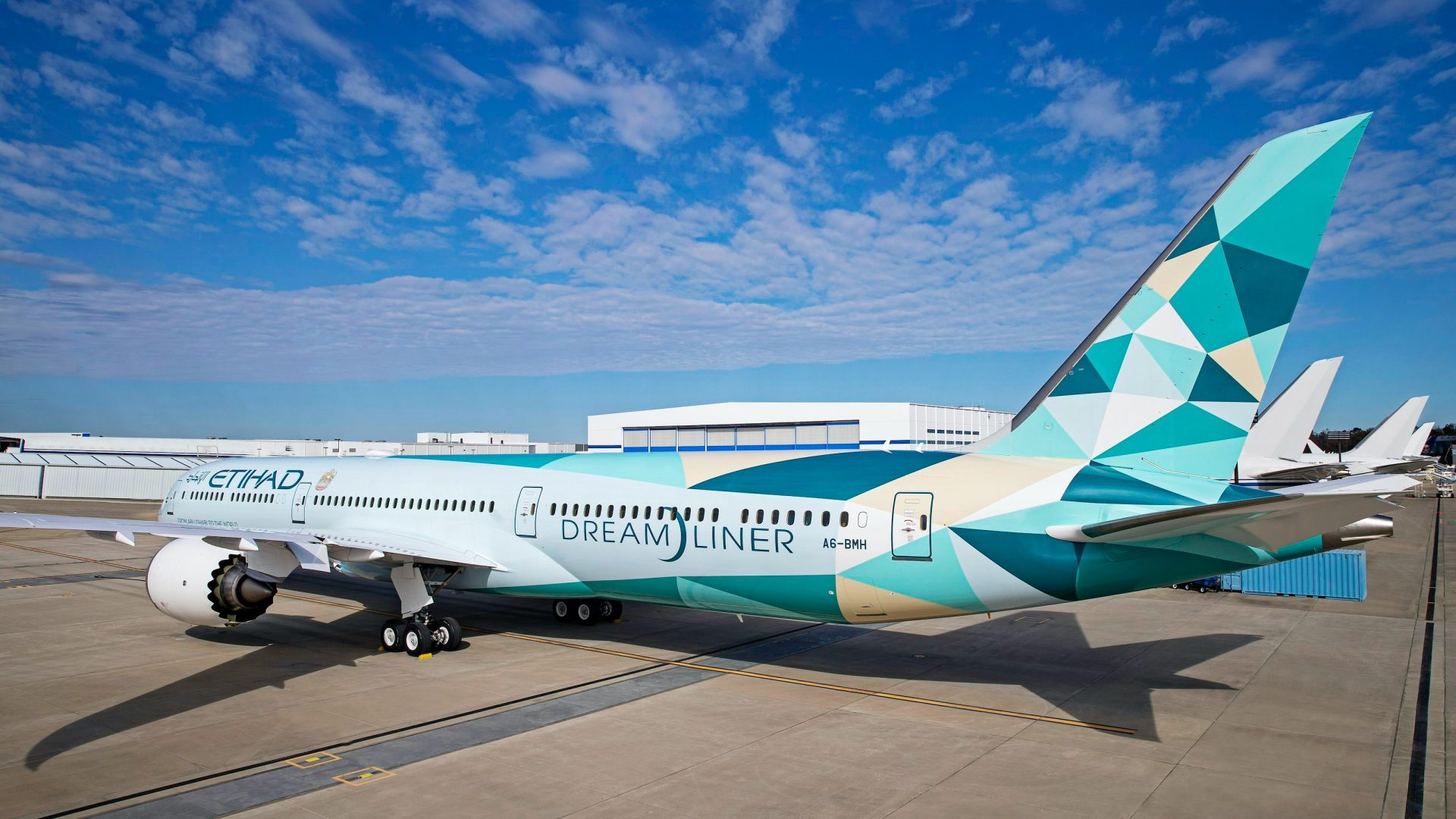
While some delegates were criticized for arriving at COP27 by private jet, others arrived in Egypt on flights that are described as zero-emissions because they use sustainable aviation fuels and decarbonization solutions. relate to.
Imprints of flights… green
The flights are part of a program called Greenliner, operated by Etihad Airways, the national airline of the United Arab Emirates. This is expected to become a solution for sustainable air travel.
Commercial aviation accounts for more than 2% of global CO2 emissions in 2021. This suggests it is a contributor to climate change. But numbers don’t tell the whole story because air travel affects climate in more complex ways than just carbon emissions. Its impact is expected by many to increase in the future as more and more people use airplanes as a means of transport.
While renewable energy and electric vehicles offer a clear path to decarbonization, the story with aviation is not so simple.
Currently, the aviation industry is on track to reach its net zero emissions target by 2050 and is basing two-thirds of that process on so-called sustainable aviation fuels (SAFs). This type of fuel is made from waste products and can reduce emissions by an average of 80%. However, at the moment, SAF only accounts for 1% of the fuel used by the global aviation industry.
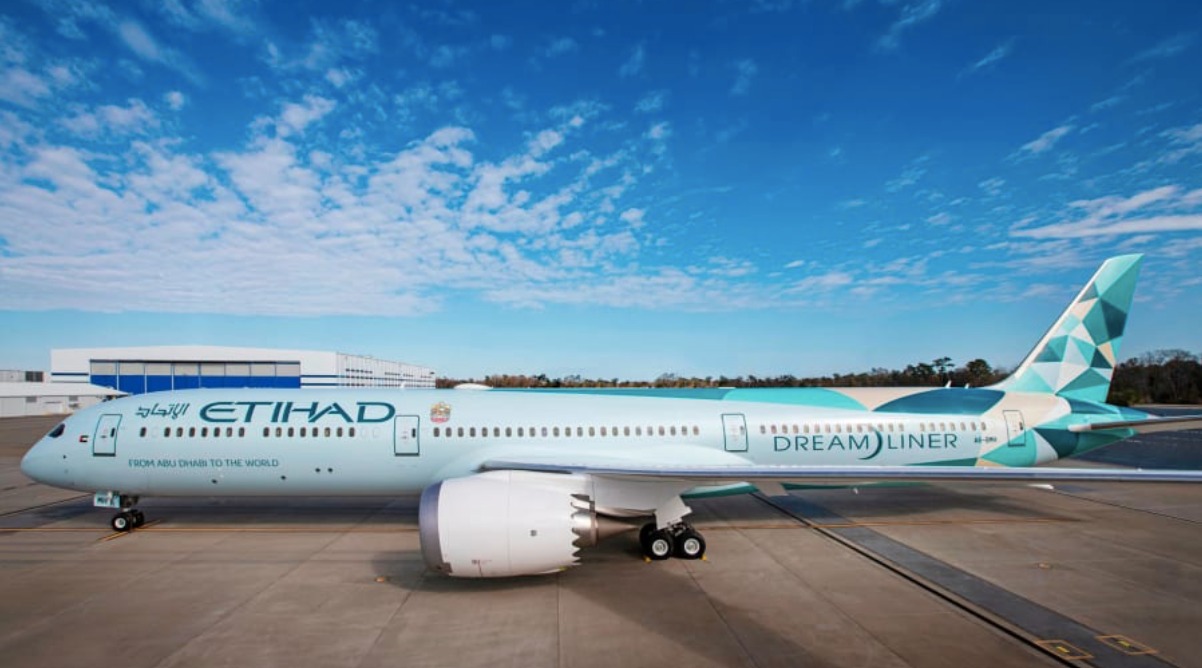
This number indicates the need for a quick change. That is why SAF is one of the key elements of the Greenliner program. “It’s basically a call to action,” said Mariam AlQubaisi, head of sustainability at Etihad. The idea was born at the end of 2019 to give a message to the industry: Let’s decarbonize in any way possible.”
In this program, the main vehicle type is the Boeing 787 Dreamliner. In addition, Etihad has another initiative, the so-called Sustainable50, which aims to bring sustainable fuel to use in Airbus A350 aircraft. Since its launch, Greenliner has been very supportive of using SAF in addition to solving problems such as plastic waste and inefficient flight routes.
“Whatever project any airline launches is always scrutinized under the auspices of greenwashing. The green paint on the planes is a way to show the determination to conquer those challenges. We admit we generate large amounts of emissions but are looking for ways to change that,” AlQubaisi said.
And at COP27, Etihad scored. They use sustainable fuels to bring delegates to Sharm El Sheik, Egypt to discuss how to make the environment more sustainable. These flights are described as zero-emissions even when the planes still burn fuel for kinetic energy.
Momentum for ambitious goals
In fact, the type of fuel these planes use is recycled fuel. It uses waste from another industry to power its engines, even though this fuel can only make up no more than 50% of the fuel on a flight. Net zero emissions are actually offset in other areas rather than on a particular flight.
However, logistical problems with this fuel also exist, leading airlines to really calculate wages as well as prepare to ensure flights are carried out smoothly. profit.
Ms. AlQubaisi describes the process as a “quick fix” of the problem until the rules change. However, for SAF to become widespread, remarkable progress is still needed.
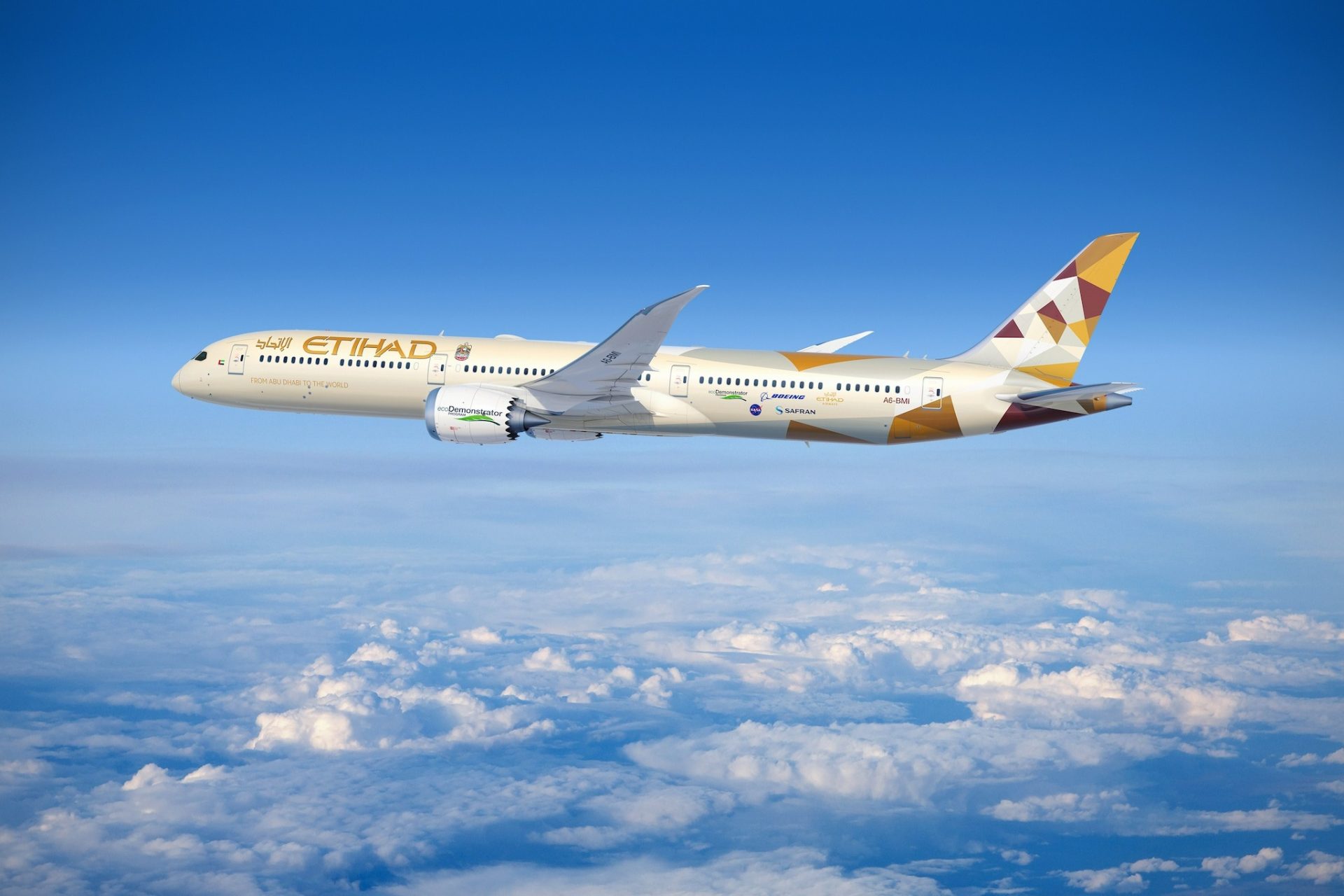
“The price of SAF is 4-5 times higher than conventional jet fuel. Meanwhile, it also has a supply problem. The number of certification units for this fuel is still very small, so it is necessary for governments to intervene to encourage production otherwise, SAF still has limitations,” said Ms. AlQubaisi.
Etihad has made extensive use of SAF in a series of “eco flights”. The aircraft models using them are the Boeing 757 and the Airbus A350. An evaluation is also underway. The flight from Heathrow, London to Abu Dhabi on October 23, 2021 is a prime example of using environmentally friendly fuel.
Etihad says the flight reduced overall emissions by 72 per cent by using 38 per cent SAF fuel and other sustainable measures, such as an 8% reduction in single-use plastic. It is the sustainable solutions involved that make flights greener even while still using traditional fuels.
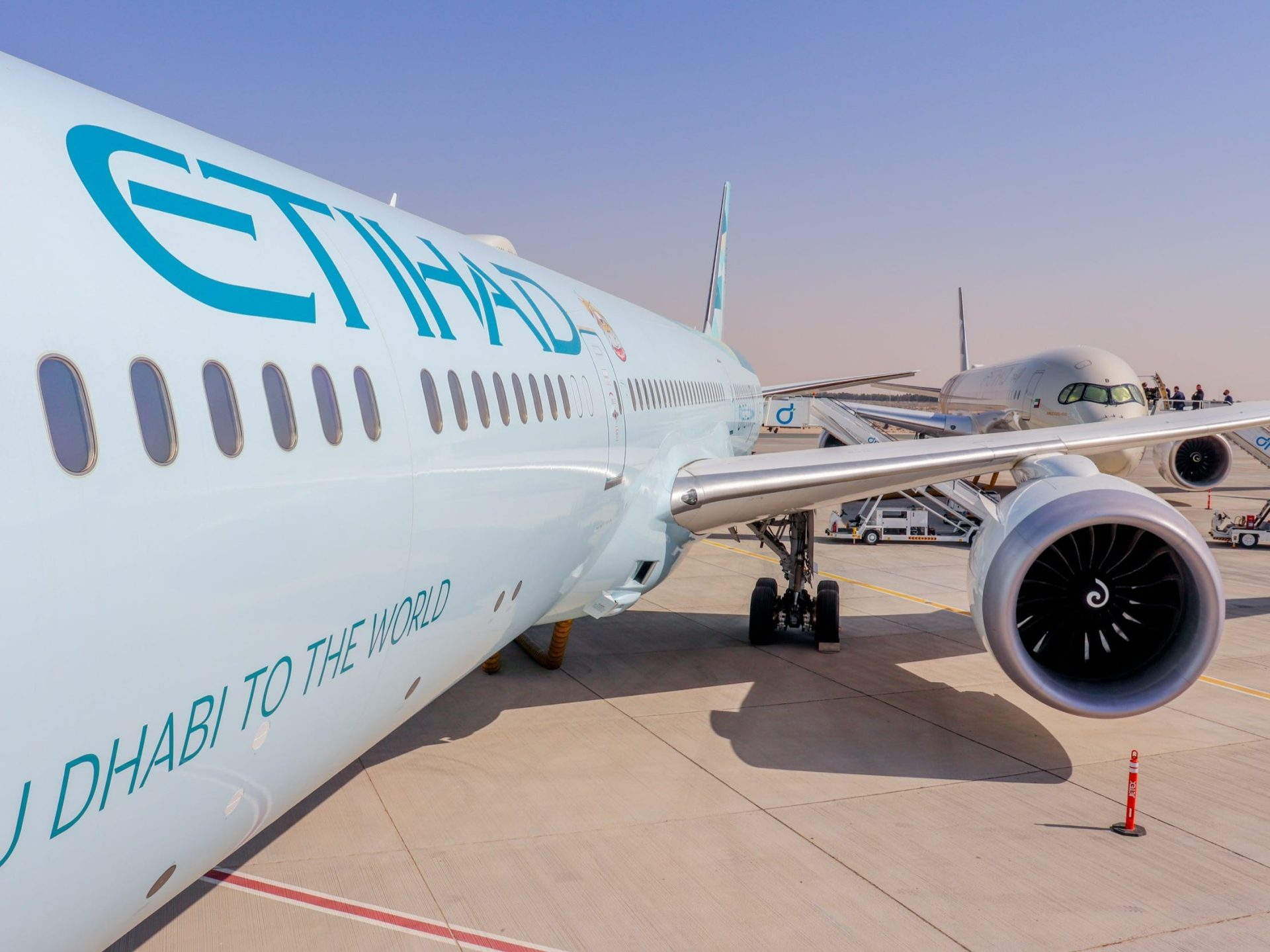
It is also the first commercial flight to use a new approach to reducing emissions by using artificial intelligence to avoid smoke trails. The white bands behind planes flying in the sky are vapor trails, which form when ice crystals coalesce around the engine exhaust gases produced by aircraft. These streaks form temporary heat-trapping clouds, which contribute to the global warming effect.
Modifying the aircraft’s route and altitude can be of great help. Ms. AlQubaisi said global warming could be avoided by adding a little more time to flight routes. Interestingly, the reduction of up to 60% in the formation of heat-trapping clouds can be accomplished through algorithms, making the system smarter.
Etihad’s “EcoFlights” has tested a range of technologies and techniques to reduce emissions, such as pitch optimization, last-minute engine start, single-engine rolling or jet engine wash special foams to improve their effectiveness.
These techniques are put to use every day and Etihad has been named the eco-friendly airline of the year 2022. However, Etihad says there is still a lot of work to be done to decarbonize and the time has come. The airline industry must strive for this goal.

